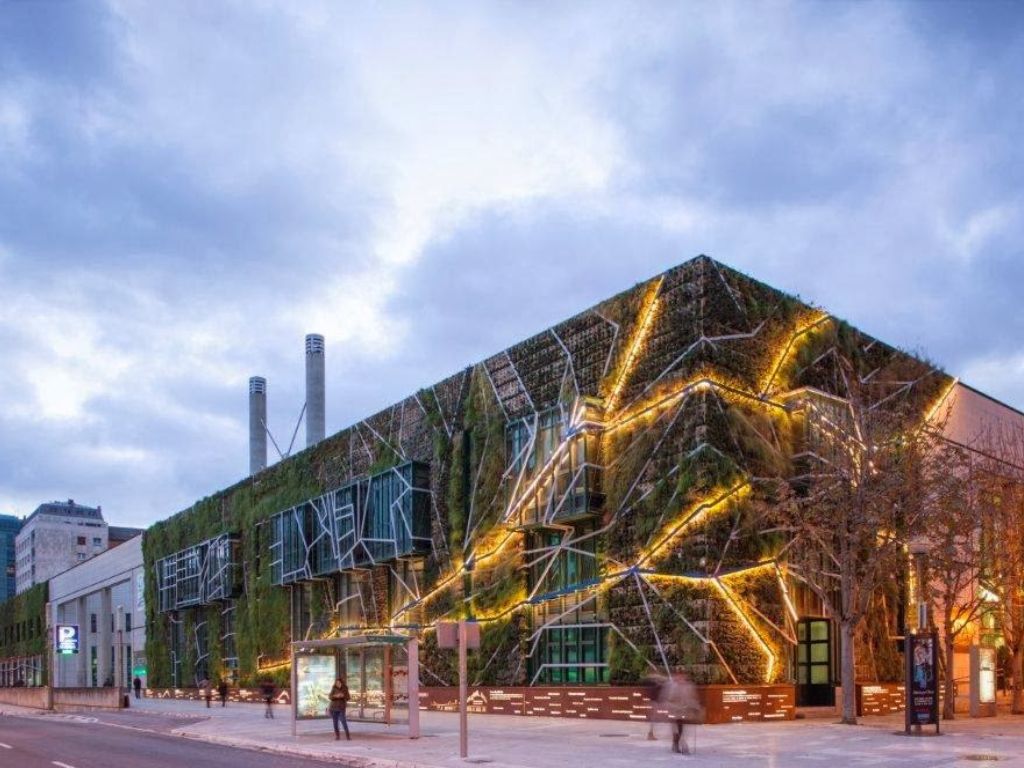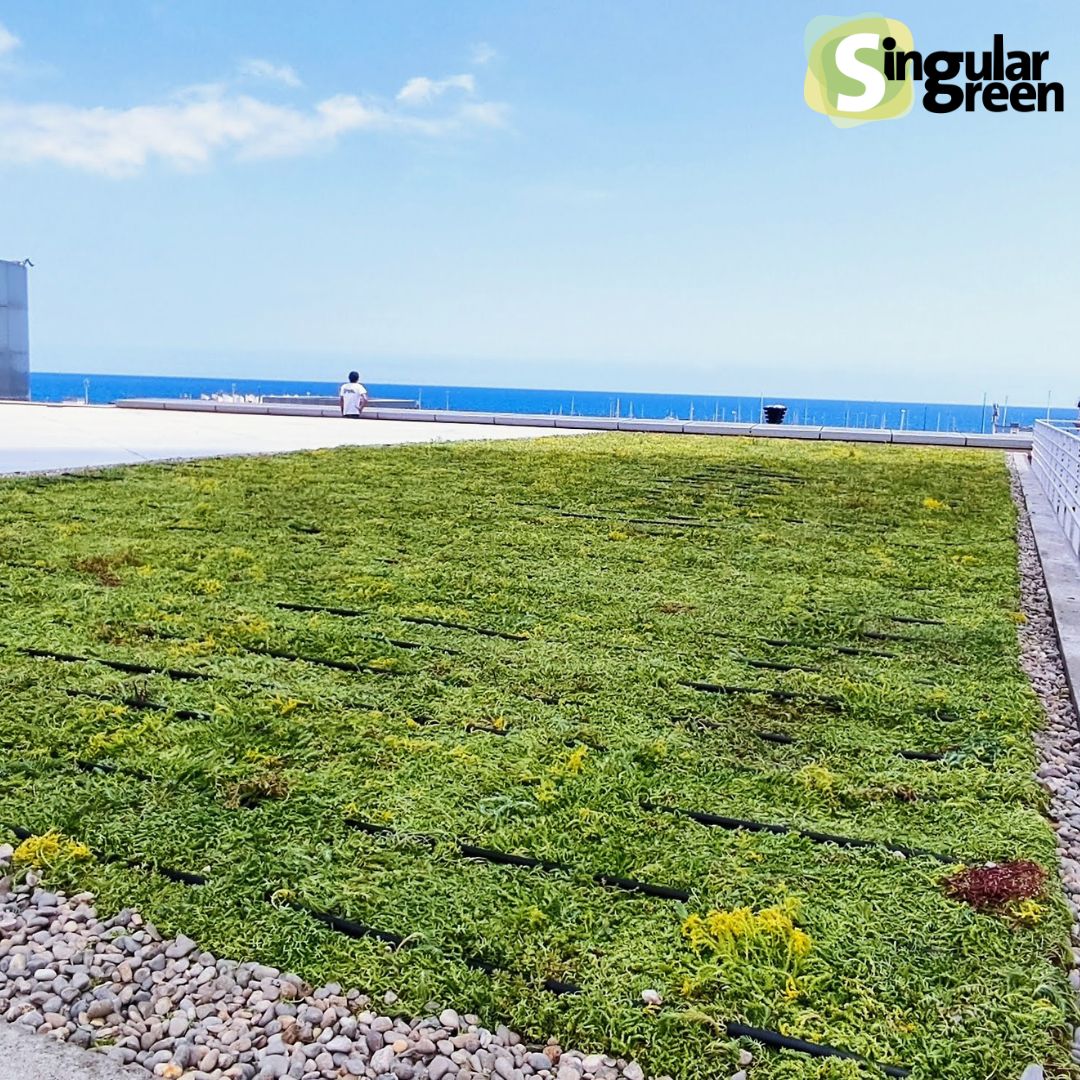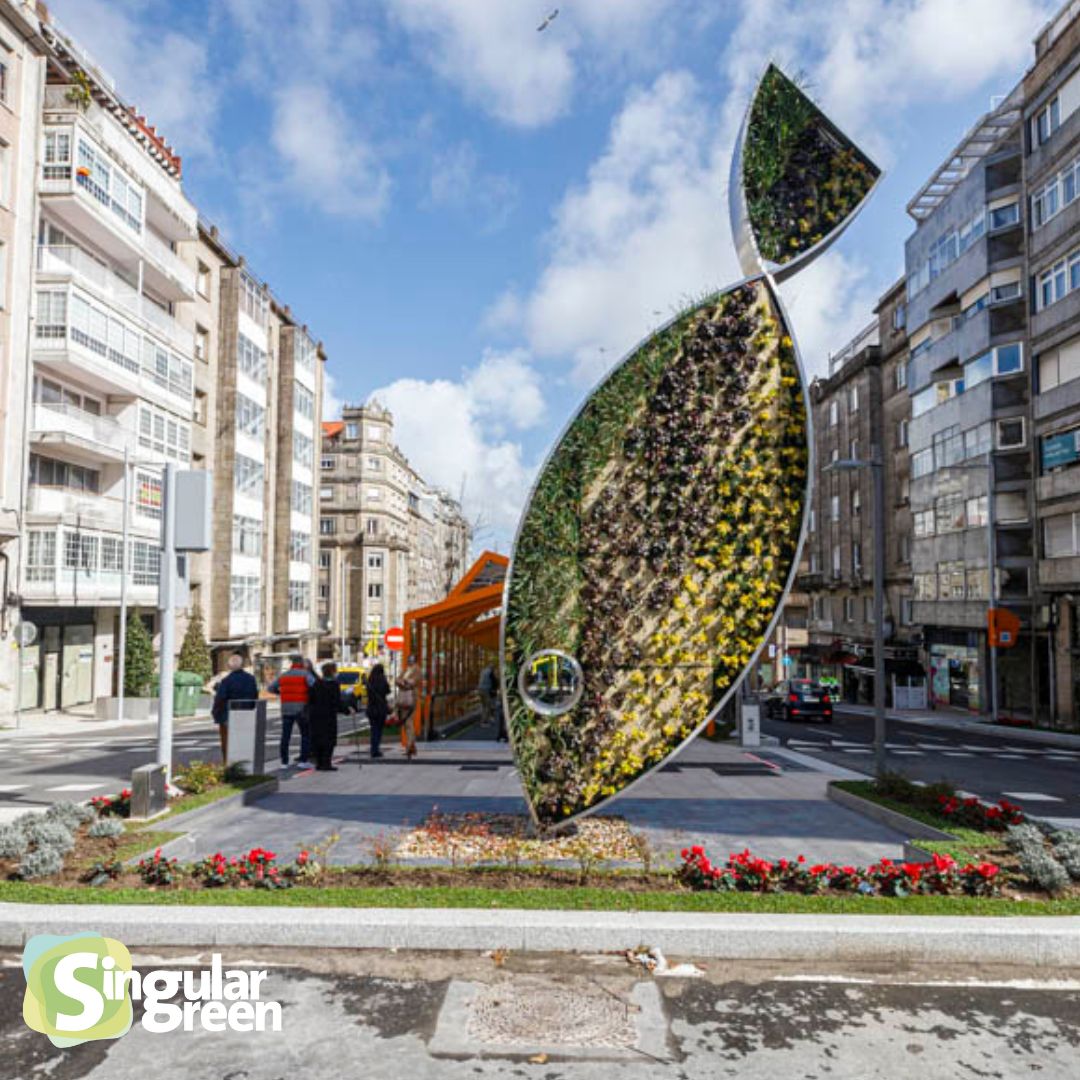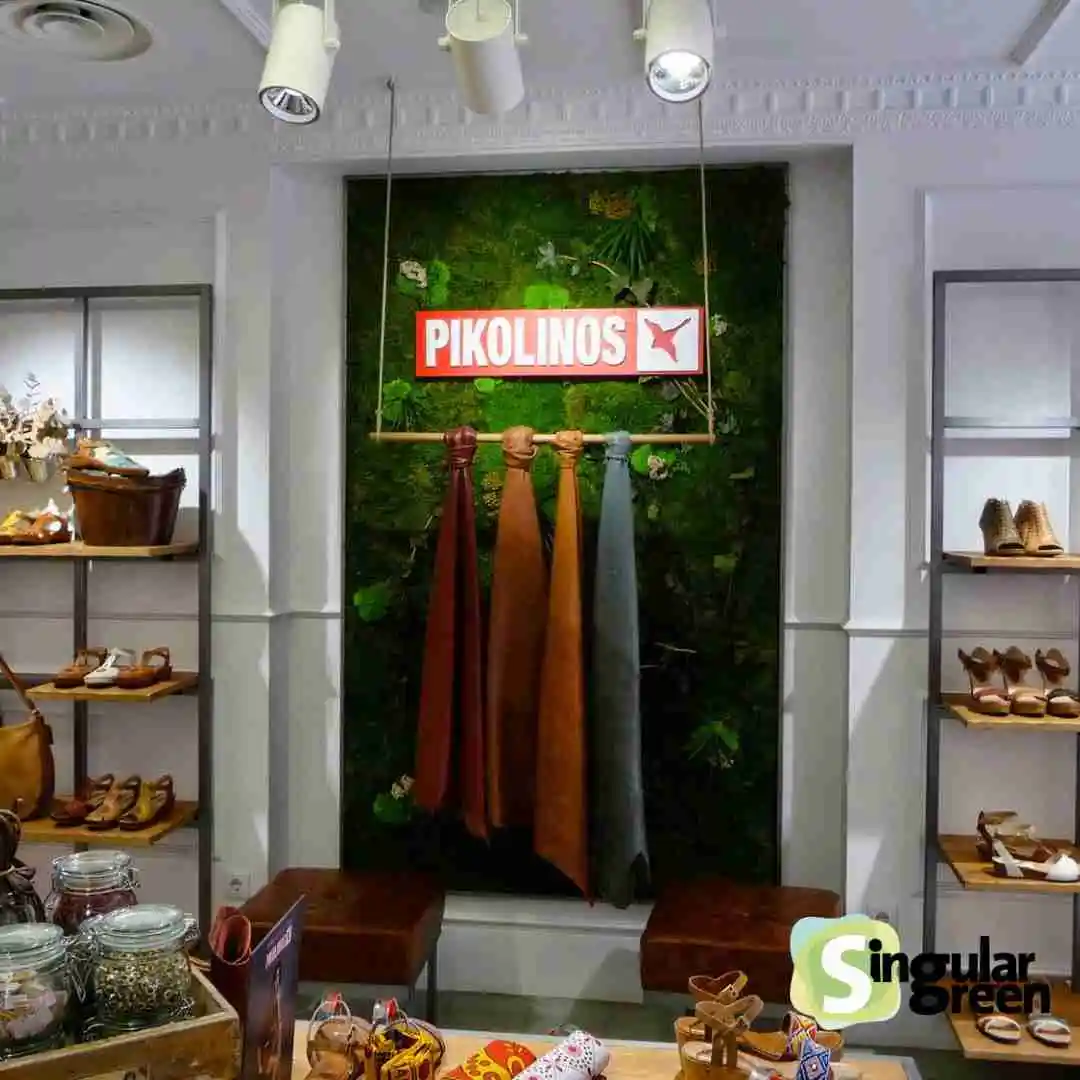When we talk about architecture, we cannot ignore the fact that its origin lies in nature.
‘Man has always used the materials that nature placed directly in his hands to build himself a habitable environment, often aspiring even to its permanence’. Alejandro de la Sota
But today, we have evolved to such an extent that we no longer talk about building with natural materials, but rather we seek to integrate nature and architecture.

But before we begin, let’s define what natural is, because with the awakening of green, the term natural, as with the term sustainability, has been distorted. Traditionally, natural has been contrasted with artificial. Natural is everything that is produced by or related to nature, without human intervention. Therefore, everything we do is artificial.
And we ask ourselves a question… Actually, is there such a thing as natural?
Our mind automatically thinks of trees, rivers, springs… but we can say that even forests are artificial, as they are the result of man’s intervention.
For hundreds of years we have been modifying them to make them a means of production at our whim. A forest has the trees that we have stopped cutting, the species that we need and that our grazing has left behind. We have even enclosed them in hunting grounds, on farms, in forestry…
The whole environment in which we move is an artificial environment.
There may be totally natural areas somewhere in the world, in the heart of the Amazon rainforest, for example, but in Europe they do not exist.
Even a natural park is an element that we have delimited and where we are intervening to keep it as we think it should be naturally.

Integrating Nature and Architecture
If even forests are artificial, what does it mean to integrate nature into our architecture?
For SingularGreen, natural is everything that living beings have and that provides us with a series of ecosystemic services by their own nature, because they have evolved to produce them. A very clear example is natural swimming pools.
There are a series of aquatic plants that have evolved to survive by absorbing the nutrients in the water.
In this way, plants create an ecosystem where the water is transparent. That is why we refer to this system as natural purification. What we are doing is taking advantage of something that has evolved over the years to provide us with an ecosystem service. In short, it’s about putting nature at our service.
And for you, what does integrating architecture and nature mean to you?







